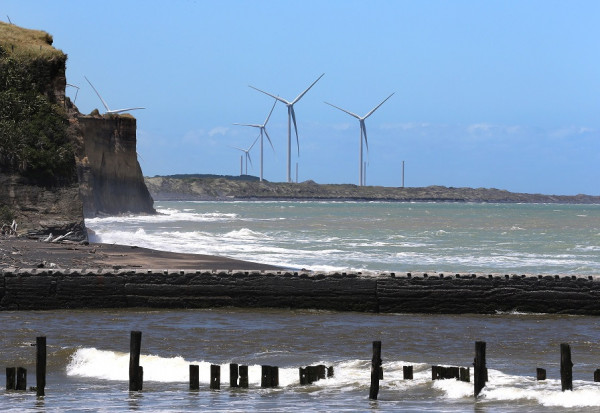What are the climate trends in Taranaki, and what will climate change mean for our region?
HOW CLIMATE CHANGE WILL IMPACT TARANAKI
The Council commissioned NIWA to undertake a review of climate change projections and impacts for the Taranaki region.
Climate change projections and impacts for Taranaki 2022 looks at the expected changes for a range of climate variables out to the year 2100.
Taranaki is one of the sunniest and windiest regions in Aotearoa. Its climate is largely influenced by its location and exposure to weather systems migrating across the Tasman Sea. Consistent rainfall, a moderate climate and fertile, freedraining soils mean the region is well-suited to productive land uses such as sheep, beef and dairy farming.
Science tells us the climate is changing at a rapid pace. The Intergovernmental Panel on Climate Change (IPCC) reports New Zealand warmed by around 1.1°C between 1910 and 2020, and annual temperature changes have exceeded natural variability across the country.
Understanding climate change and its local effects requires good quality, long-term data and the latest science to support decision-making. In Taranaki, our network of observation stations collects climate data from across the region. This includes information on air temperature and wind, rainfall, soil temperature, soil moisture and river flows.
Our Place: Taranaki State of Environment 2022 presents a summary of climate conditions based on climate data and other information we have
collected, as well as climate projections for the coming decades based on up-to-date information from NIWA.
